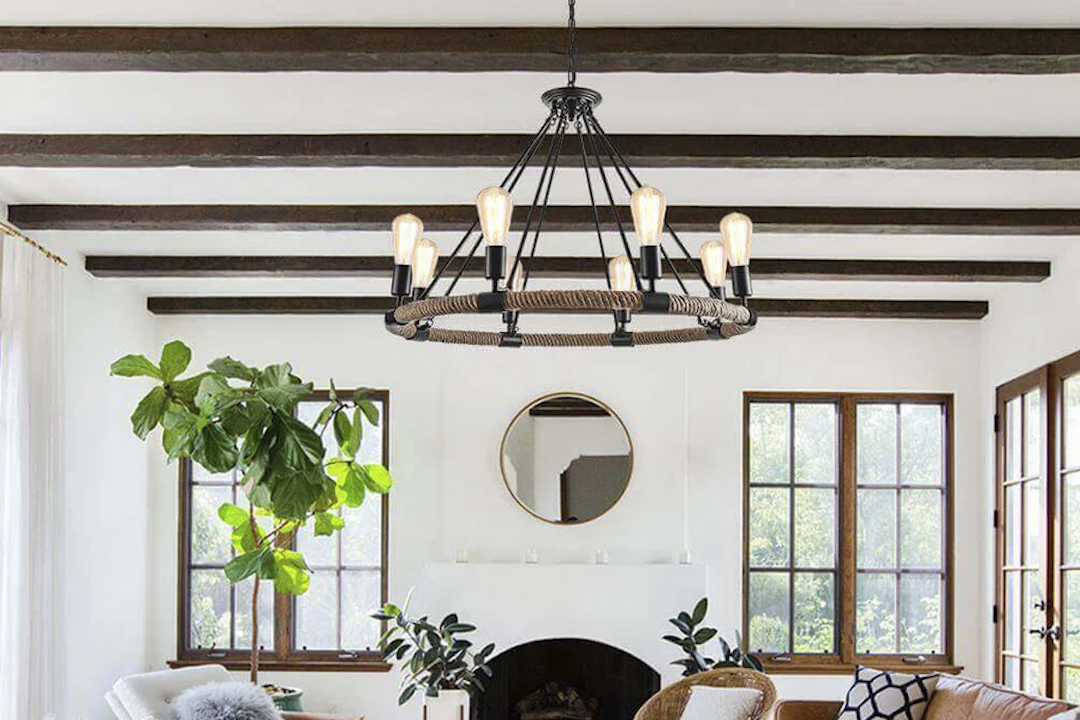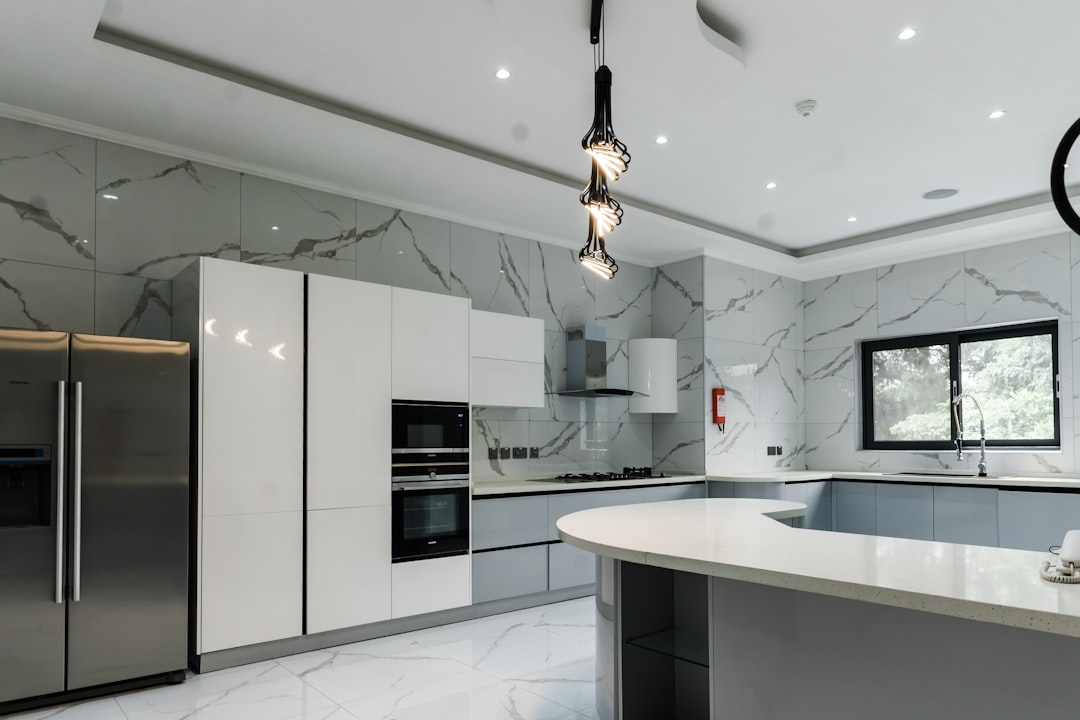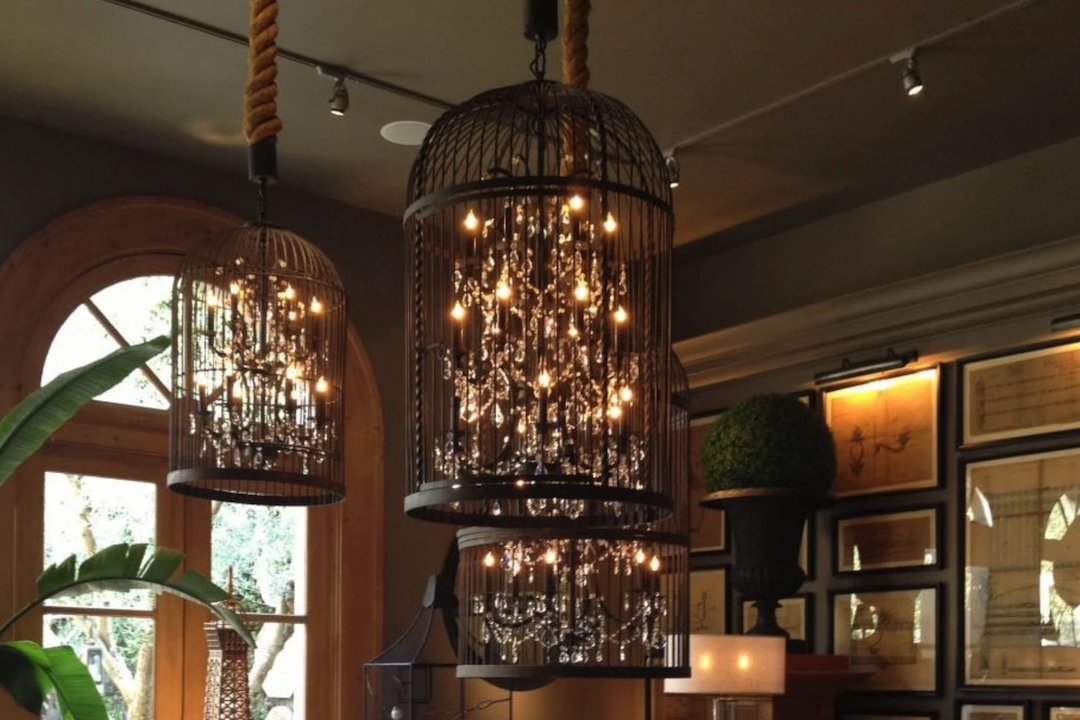The glass arch chandelier is a stunning lighting fixture that embodies elegance and sophistication, often serving as a focal point in various interior spaces. Characterized by its graceful curves and intricate designs, this type of chandelier combines the brilliance of glass with artistic craftsmanship, creating a visual spectacle that enhances the ambiance of any room. The interplay of light and glass not only illuminates spaces but also casts enchanting reflections and shadows, adding depth and character to the environment.
In contemporary design, the glass arch chandelier Acorohome has gained popularity for its versatility, seamlessly fitting into both modern and traditional aesthetics. Whether suspended over a dining table, gracing a grand foyer, or accentuating a cozy living room, these chandeliers elevate the overall decor while providing functional lighting. The allure of a glass arch chandelier lies not only in its beauty but also in its ability to transform a mundane space into an extraordinary one, making it a coveted choice for homeowners and designers alike.
History and Evolution of Chandeliers
The history of chandeliers dates back to the medieval period when they were primarily used in churches and large halls. Initially, these lighting fixtures were simple wooden frames adorned with candles, serving both practical and decorative purposes. As time progressed, particularly during the Renaissance, chandeliers evolved into more elaborate designs, often crafted from wrought iron and featuring multiple arms to hold candles.
This period marked the beginning of chandeliers as symbols of wealth and status, with aristocrats commissioning grand pieces to showcase their affluence. The introduction of glass into chandelier design came with the advancements in glassmaking techniques during the 17th century. Venetian glassmakers from Murano became renowned for their exquisite glass creations, leading to the production of intricate glass chandeliers that dazzled onlookers with their beauty.
The Baroque period further propelled the evolution of chandeliers, as they became increasingly ornate, incorporating crystals and elaborate motifs. By the 19th century, gas lighting transformed chandeliers once again, allowing for larger and more complex designs that illuminated vast spaces with brilliance. The transition to electric lighting in the early 20th century marked another significant milestone, enabling chandeliers to be designed with even greater creativity and innovation.
Design and Construction of Glass Arch Chandelier
The design of a glass arch chandelier is a harmonious blend of artistry and engineering. Typically characterized by sweeping curves that mimic the natural forms found in nature, these chandeliers often feature an arching silhouette that draws the eye upward. The construction process begins with a sturdy framework, usually made from metal such as brass or stainless steel, which provides stability and support for the glass elements.
Artisans meticulously shape and assemble each component, ensuring that the final product is both aesthetically pleasing and structurally sound. Glass is often hand-blown or molded into various shapes, including teardrops, spheres, or intricate floral designs. This craftsmanship allows for unique variations in each piece, making every chandelier a one-of-a-kind work of art.
The arrangement of glass elements is crucial; they are strategically placed to maximize light reflection and refraction. Additionally, many glass arch chandeliers incorporate crystal accents that enhance their sparkle and brilliance when illuminated. The combination of glass and metal elements creates a striking contrast that elevates the overall design, making it suitable for diverse interior styles.
Types of Glass Used in Chandelier Making
The choice of glass is paramount in chandelier making, as it significantly influences both the aesthetic appeal and functionality of the fixture. Various types of glass are utilized in crafting chandeliers, each offering distinct characteristics. One of the most popular choices is crystal glass, known for its clarity and brilliance.
Crystal chandeliers often feature lead content that enhances light refraction, creating a dazzling display when illuminated. This type of glass is commonly used in high-end chandeliers where luxury and opulence are desired. Another type of glass frequently used is frosted or etched glass, which provides a softer glow by diffusing light rather than allowing it to shine directly through.
This type is ideal for creating a warm ambiance in spaces such as dining rooms or bedrooms. Murano glass, originating from Italy, is also highly sought after for its vibrant colors and intricate designs. Artisans on the island of Murano have perfected the art of glassblowing for centuries, resulting in unique pieces that often feature swirling patterns or delicate floral motifs.
Each type of glass contributes to the overall aesthetic and functionality of the chandelier, allowing designers to create pieces that cater to specific tastes and interior themes.
Installation and Maintenance of Glass Arch Chandelier
Installing a glass arch chandelier requires careful planning and execution to ensure safety and optimal performance. It is essential to consider the weight of the chandelier; many glass arch designs can be quite heavy due to their intricate construction. Therefore, proper support must be installed in the ceiling to accommodate the fixture’s weight.
It is advisable to consult with a professional electrician or installer who can assess the space and provide guidance on mounting techniques. Once installed, maintaining a glass arch chandelier involves regular cleaning to preserve its beauty and functionality. Dust and grime can accumulate on both the glass and metal components over time, dulling their shine.
A gentle cleaning solution specifically designed for glass should be used along with a soft cloth to avoid scratching the surface. For more intricate designs featuring crystals or detailed glasswork, it may be necessary to disassemble certain parts for thorough cleaning. Regular maintenance not only enhances the chandelier’s appearance but also ensures that it continues to function effectively as a source of light.
Choosing the Right Glass Arch Chandelier for Your Space
Selecting the perfect glass arch chandelier involves considering several factors that align with your personal style and the overall design of your space. First and foremost, assess the size of the room where the chandelier will be installed; larger spaces may require more substantial fixtures to create balance, while smaller rooms benefit from more delicate designs that do not overwhelm the area. Additionally, consider the height of your ceilings; chandeliers should hang at an appropriate height to allow for unobstructed movement beneath them.
The style of your existing decor also plays a crucial role in choosing a chandelier. A modern space may call for sleek lines and minimalist designs, while traditional interiors might benefit from more ornate pieces featuring intricate detailing. Color is another important consideration; clear or crystal glass can complement various color schemes, while colored or patterned glass can serve as a statement piece that adds character to your decor.
Ultimately, selecting a glass arch chandelier should reflect your personal taste while harmonizing with the overall aesthetic of your home.
Styling and Decorating with Glass Arch Chandelier
Incorporating a glass arch chandelier into your decor can dramatically enhance the visual appeal of your space when done thoughtfully. One effective approach is to use the chandelier as a focal point around which other design elements revolve. For instance, in a dining room setting, positioning a stunning chandelier above the dining table creates an inviting atmosphere for gatherings while drawing attention to this central area.
Complementing the chandelier with matching decor elements—such as table settings or wall art—can create a cohesive look that ties the room together. Moreover, layering lighting is essential when styling with a chandelier; combining ambient lighting from wall sconces or floor lamps with the dramatic illumination provided by the chandelier can create depth and warmth in your space. In living areas or entryways, consider using mirrors strategically placed near the chandelier to amplify its brilliance through reflection.
This not only enhances the overall lighting but also adds an element of sophistication to your decor. By thoughtfully integrating a glass arch chandelier into your design scheme, you can create an elegant atmosphere that captivates guests while reflecting your unique style.
The Timeless Elegance of Glass Arch Chandelier
The glass arch chandelier stands as a testament to timeless elegance in interior design. Its rich history reflects centuries of craftsmanship and innovation, evolving from simple candle holders to intricate works of art that grace modern homes today. The combination of exquisite design, quality materials, and functional lighting makes these chandeliers not just decorative elements but also integral components that enhance living spaces.
As trends continue to shift in interior design, the allure of glass arch chandeliers remains steadfast. Their ability to adapt to various styles—from contemporary minimalism to classic opulence—ensures their place in homes around the world for years to come. Whether illuminating a grand ballroom or adding charm to a cozy nook, these stunning fixtures embody sophistication and grace, making them cherished additions to any interior setting.




